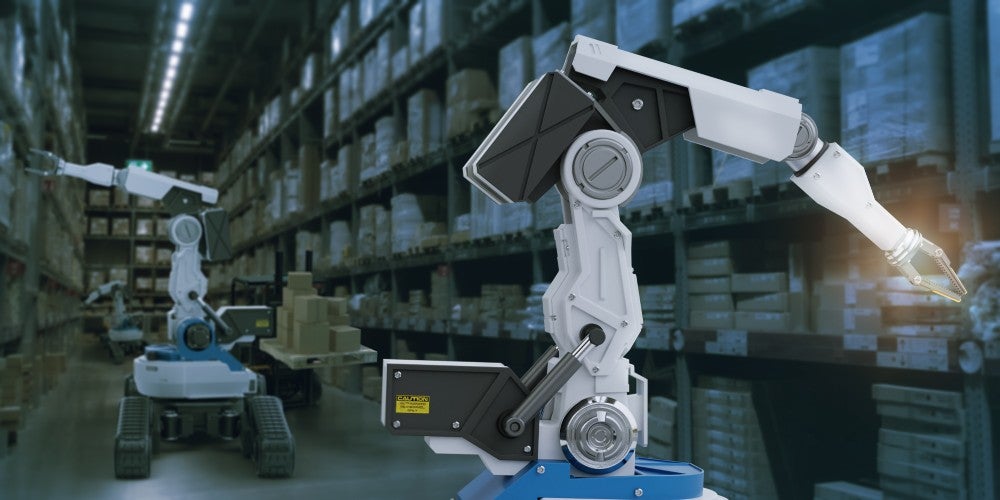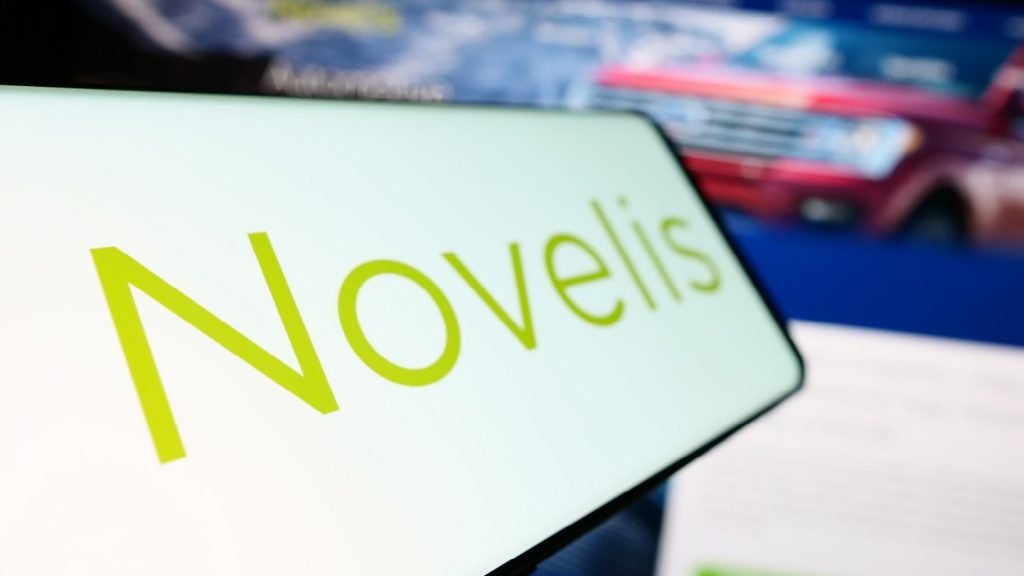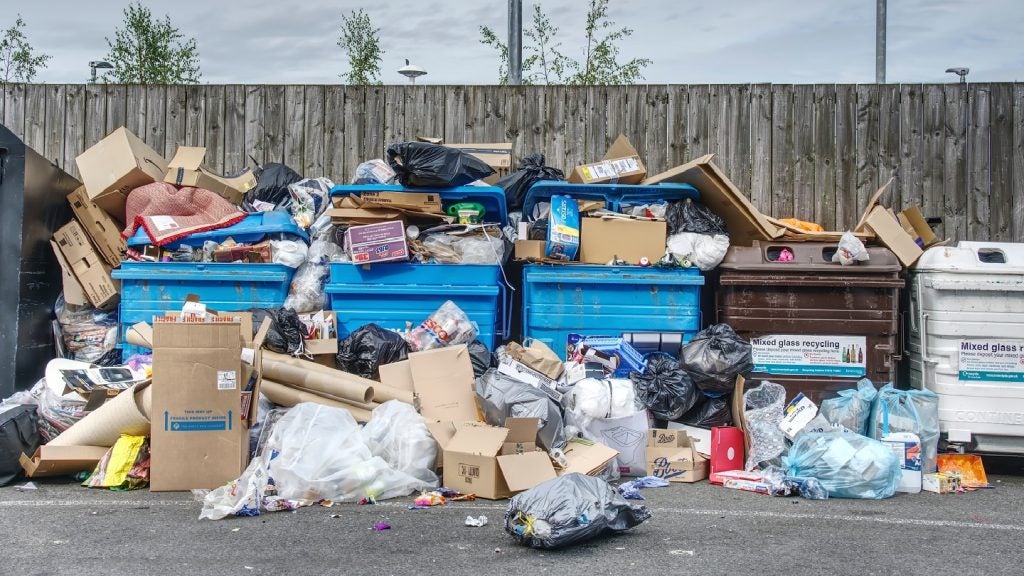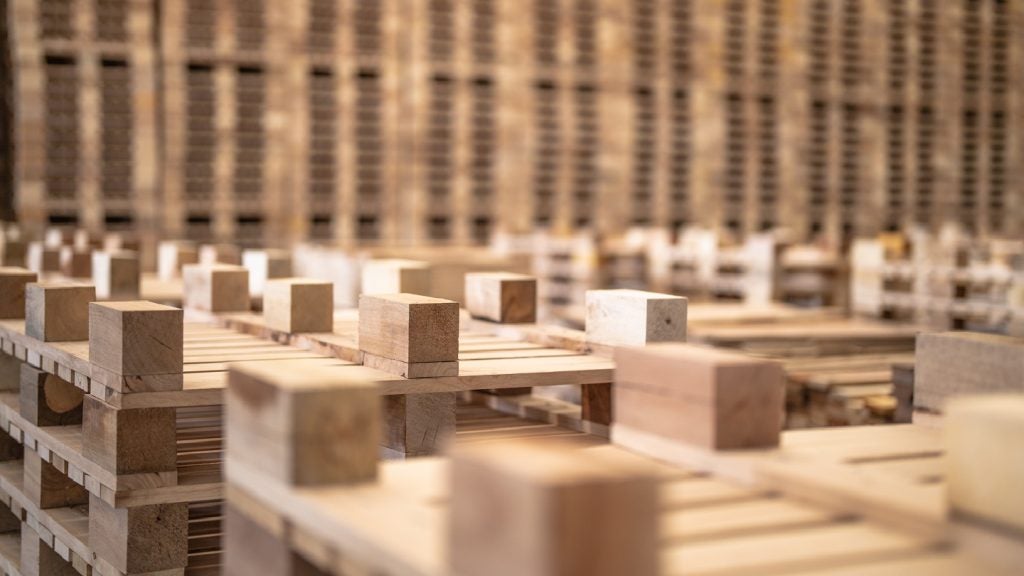The packaging industry is facing numerous sources of disruption, from changing environmental regulations to increasingly complicated supply chains and a challenging global economic outlook. Various technologies can help resolve these problems. Robotics is one such technology, as GlobalData’s most recent report on robotics in packaging explains.
Why should packaging companies care about robotics?
Robotics is an increasingly important technology in the packaging industry because robots can automate otherwise unautomatable areas of the packaging business.
On the one hand, numerous packaging production lines—such as case assembly, labelling, filling, and wrapping palletized products—can be automated with a combination of packaging machines and conveyor technology. On the other hand, other areas of a packaging business—such as warehousing, logistics, and equipment maintenance—are not so easily automated. Navigating a warehouse safely and inspecting industrial equipment for damage are complicated tasks that rely on the ability to detect and respond to environmental changes.
Accordingly, packaging companies are using robots to automate these tasks. The robots in question are typically equipped with sensors to detect changes in their immediate vicinity. For example, an autonomous guided vehicle (AGV) will use either LiDAR or computer vision to navigate production facilities and warehouses. An inspection robot from Gecko Robotics will use cameras and ultrasonic sensors to detect damage in a packaging facility’s industrial assets.
Furthermore, developments in AI and cloud computing are improving robotic intelligence and accelerating the viability of Cloud robotics. Improvements in these two areas of the robotics value chain will enable robots to perform more complicated tasks or the same tasks with greater precision and efficiency. Developments in AI will produce industrial co-bots that can collaborate with humans more effectively, multiplying the number of human-performed tasks that can be partially automated. Cloud robotics will enable multiple robots to coordinate more effectively.
See Also:
As a result, robotics is becoming an increasingly worthwhile investment for all industries, including packaging. Packaging companies can automate more of their operations with robots, allowing human workers to focus on higher-value tasks.
How well do you really know your competitors?
Access the most comprehensive Company Profiles on the market, powered by GlobalData. Save hours of research. Gain competitive edge.

Thank you!
Your download email will arrive shortly
Not ready to buy yet? Download a free sample
We are confident about the unique quality of our Company Profiles. However, we want you to make the most beneficial decision for your business, so we offer a free sample that you can download by submitting the below form
By GlobalDataWhich robots should packaging companies invest in?
Caged industrial robots, industrial co-bots, and logistics robots (excluding drones) are the most relevant sections of the robotics value chain to the packaging sector. These robots underpin the automation of production lines and warehousing and distribution. Examples of these robot types include (de)palletizing robots, pick-and-place robots, autonomous guided vehicles (AGVs), autonomous mobile robots (AMRs), and automated storage and retrieval systems (ASRS). Logistics robots such as AGVs and AMRs are particularly popular investments for packaging companies, and AGVs were the most frequently mentioned robotic product in packaging company filings in 2022.
Inspection, cleaning, and maintenance robots will be important investments in packaging conversion and filling and packing, where quality control is essential. These robots also have much to offer paper and pulp production, which relies on industrial assets such as boilers and digesters that house caustic, high-temperature chemical reactions and therefore corrode significantly over time. Drones can aid the management of forestry assets and woodyards that underpin packaging material production.










Related Company Profiles
Gecko Robotics Inc